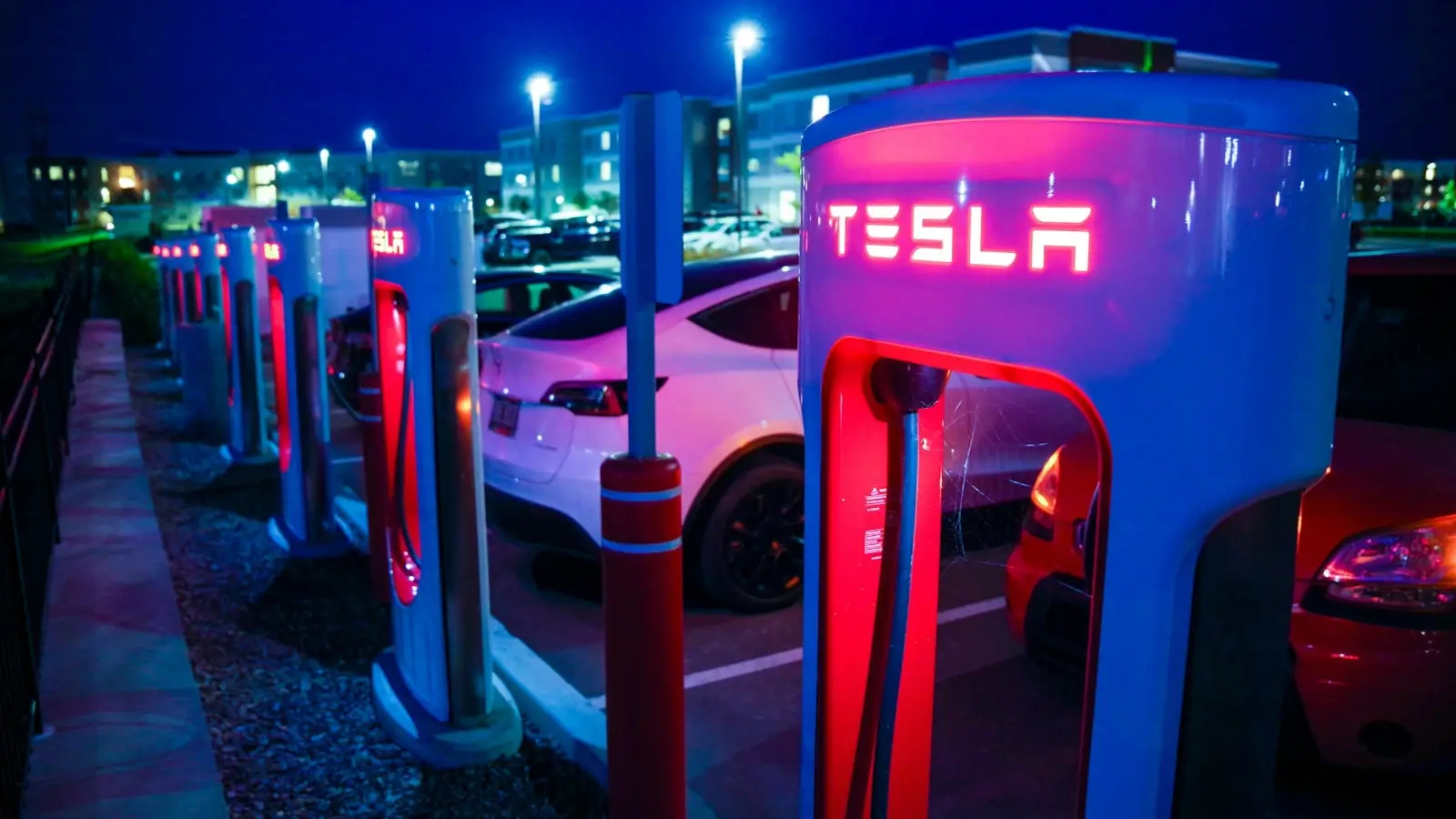


Growth can feel slow when brands rely on organic reach alone. Social posts take time to circulate. Search rankings require patience. Word of mouth is powerful, but it builds slowly. Paid advertising changes that pace.
It lets brands reach the right audience almost immediately, test what works, and adjust fast. This makes it one of the most effective ways to accelerate growth in competitive markets. However, success does not come from simply running ads. It comes from how the ads are planned, targeted, monitored, and improved.
In this article, you’ll see the practical process brands follow to use paid ads to unlock measurable and sustainable growth. These are not abstract theories, but steps that real companies apply to scale.
Paid advertising only works when a brand knows exactly who it wants to reach. Guessing leads to wasted budget and poor results.
Brands identify their audience using these factors:
This level of clarity helps brands design ads that feel personal. When ads speak to the right group, engagement rises. Cost per click lowers. Conversions improve. Understanding the audience up front saves time and money later. It is the foundation for every decision that follows in the advertising process.
Managing paid campaigns requires ongoing adjustments. The work does not end once an ad is launched. Bids need updates. Audiences need refinement. Creatives need testing. Most brands do not have the time or experience to handle this level of detail daily.
This is why many choose to collaborate with a PPC Agency that brings structured testing, platform experience, and data-driven strategy to the process. These experts help refine audience segments, optimize budgets, and select the right messaging approach for each platform.
Experts at reputable agencies, such as Lever Digital, also monitor performance patterns that may not be obvious at first glance. Working with specialists reduces trial-and-error waste. It also ensures that results do not fade over time. The goal is not just quick growth, but growth that can be maintained.
Not every platform suits every brand. The best results come from advertising where the audience already spends time.
Examples include:
The purpose is not to appear everywhere. The purpose is to appear where attention already exists. This selective approach protects return on investment and keeps the campaign focused.
Paid advertising is not static. Brands analyze results constantly.
Some of the most important performance indicators include:
Data tells a clear story. If ads are drawing clicks but not conversions, the landing page may need refinement. If impressions are high but engagement is low, the message may not match the audience’s needs.
Brands improve results through small, consistent adjustments. Paid advertising rewards patience and precision more than big, dramatic changes.
After identifying what performs well, brands increase spending strategically. Scaling does not mean doubling budgets immediately. It means raising spending slowly while monitoring how performance shifts.
The goal is to keep cost efficiency stable. If performance holds steady during scaling, the campaign becomes a growth engine. If performance drops, spending is paused and tested before scaling again. This careful process prevents wasted budget and makes growth predictable.
When brands follow this structured method, several benefits appear:
Rapid growth is not about being aggressive. It is about being precise.
Paid advertising unlocks growth when handled with clarity and consistency. Brands succeed by understanding their audience, working with experienced performance specialists, choosing the right platforms, relying on data, and scaling only what proves effective. This approach replaces guesswork with control. It helps brands expand faster, strengthen awareness, and convert interest into long-term loyalty. When done well, paid advertising does not just increase visibility. It creates momentum that keeps building.